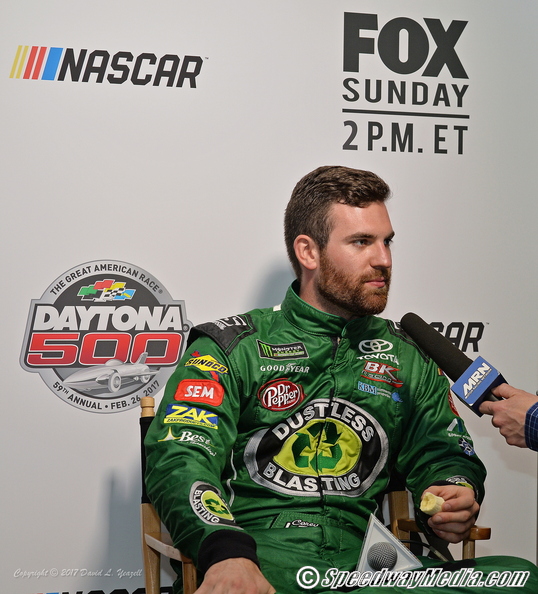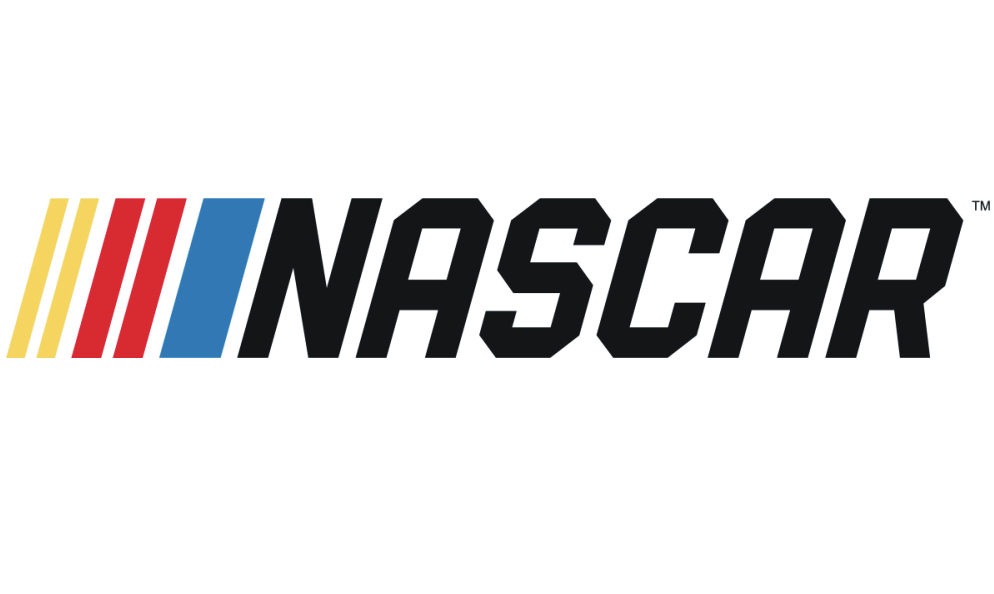“No Trespassing” signs were everywhere. I had taken a wonderful 90-minute ride on my Triumph Bonneville to see the old race track and I didn’t want to go home empty-handed. It took half an hour to find someone who assured me that I could take a few quick photos of the former Armscamp Speedway in Alexandria, Indiana.
There’s not much left. The south concrete wall still stands, marking the asphalt track’s fast main straightaway. The smaller infield track, which circles inside the quarter-mile main facility, is easier to make out. Half-century-old trees have grown up and through everything, including the old track surface itself.
Built in 1941, Armscamp Speedway was at its zenith in the 1950s under the watchful eye of owner Paul Karnes, universally known as “Whitey.” If you could travel back in time and attend an average night at Armscamp Speedway, there is absolutely nothing that you would not recognize. You would feel right at home.
You could watch races on Friday or Sunday nights. Occasionally a special double feature would be held with a complete midget show running Sunday afternoon at 2:30 pm, followed by a “hardtopper” show at 8:30 pm the same evening for stock cars. For a dollar, you could watch them both (about $6.50 in today’s devalued currency).
The entire nightly routine would feel familiar to a modern short track fan. See if there’s anything here you recognize…
Qualifying, or “time trials’ as they were then known, began an hour before the first race. If you could run the quarter-mile bullring in about 17.5 seconds, you were among the fastest cars.
Fifty or more “hardtops” would enter the event, divided up into a trophy dash and four 10-lap heat races. The faster cars advanced into one of two 15-lap “semifinals,” with the fastest semifinal cars transferring to a 25-lap feature event.
Amateur racers competed in “pleasure cars,” sort of an early version of street stocks. All other drivers were listed as professionals if their class paid a purse. The fact that most of them held day jobs mattered not. If you got paid, you were a professional racing driver.
Just like today, a handful of the fastest open-wheel touring pros could make a decent living by racing full time. When Bob Breading of Indianapolis won the first of his three eventual Consolidated Midget Racing Association titles in 1946, his earnings for the year totaled $14,000. He would spend more than half of that on travel and car maintenance, but $6-7,000 was an upper middle class living in 1946 when the average US annual salary was barely $2,600.
Special events paid more. A $2,000 total purse for a special main event was a big payday in the early 1950s, and a common sum for special touring series events or 100-lap championship features.
Does all this still sound familiar?
Drivers and officials at Armscamp Speedway argued over fairness and budgets just like today. Whitey Karnes introduced a new rule for the 1952 season declaring that any car winning three features must be sold to the first bidder for five hundred dollars. If no one bought it, the driver was free to continue competing in it. The “claim” rule is standard for many Midwestern short tracks today.
Armscamp’s 1953 rules package was exactly ten sentences long. This is an exact quote: “Motor… anything you can’t see (is okay). If the motor looks stock outwardly, it’s okay. No tear downs!”
The successful drivers were well known to race fans throughout the region. Names like Huston Bundy, Audie Swartz, Johnny Arnold, Francis Morris and Bill Holloway were in the newspaper every week.
In 1953, Holloway was a 29-year-old from Muncie who built his own cars, managed the family garage, held a full-time position at Delco and ran four or more short track races every week. The previous year he had set single lap, 5-lap, 10-lap, 15-lap and 50-lap speed records at Armscamp while posting more Hardtop feature wins than any other driver. He raced for thirty years in stock cars and midgets before taking up motorcycles. He was still riding a 1200cc bike (rapidly) at age 83. If they’re going to build a Hall of Fame, guys like Holloway belong in it. He was typical of the local heroes who lit up Midwestern tracks every weekend in the middle of the 20th century.
Armscamp Speedway ran its final race in the summer of 1967, after 26 years as a mainstay on the Indiana/Ohio short track racing circuit.
If you could travel back in time to Armscamp Speedway in the 1940’s and 50’s, every single moment of your experience would be familiar. It would feel like home. You would instantly become comfortable with the format, the atmosphere and even the fans. It is shocking how little has really changed throughout the history of short track racing.
The ruins of Armscamp Speedway can be found about a hundred yards northwest of the Centennial Steel building on the north side of State Road 28, less than a mile west of the junction with State Road 9 in Alexandria, Indiana. There’s not much to see, but I still considered it worth the trip. It’s like having your own personal time machine.
But be sure and ask first. There are “No Trespassing” signs everywhere.
Stephen Cox
Sopwith Motorsports Television Productions
Driver, Super Cup Stock Car Series & FIA EGT Championship
Co-host, Mecum Auctions on NBCSN














